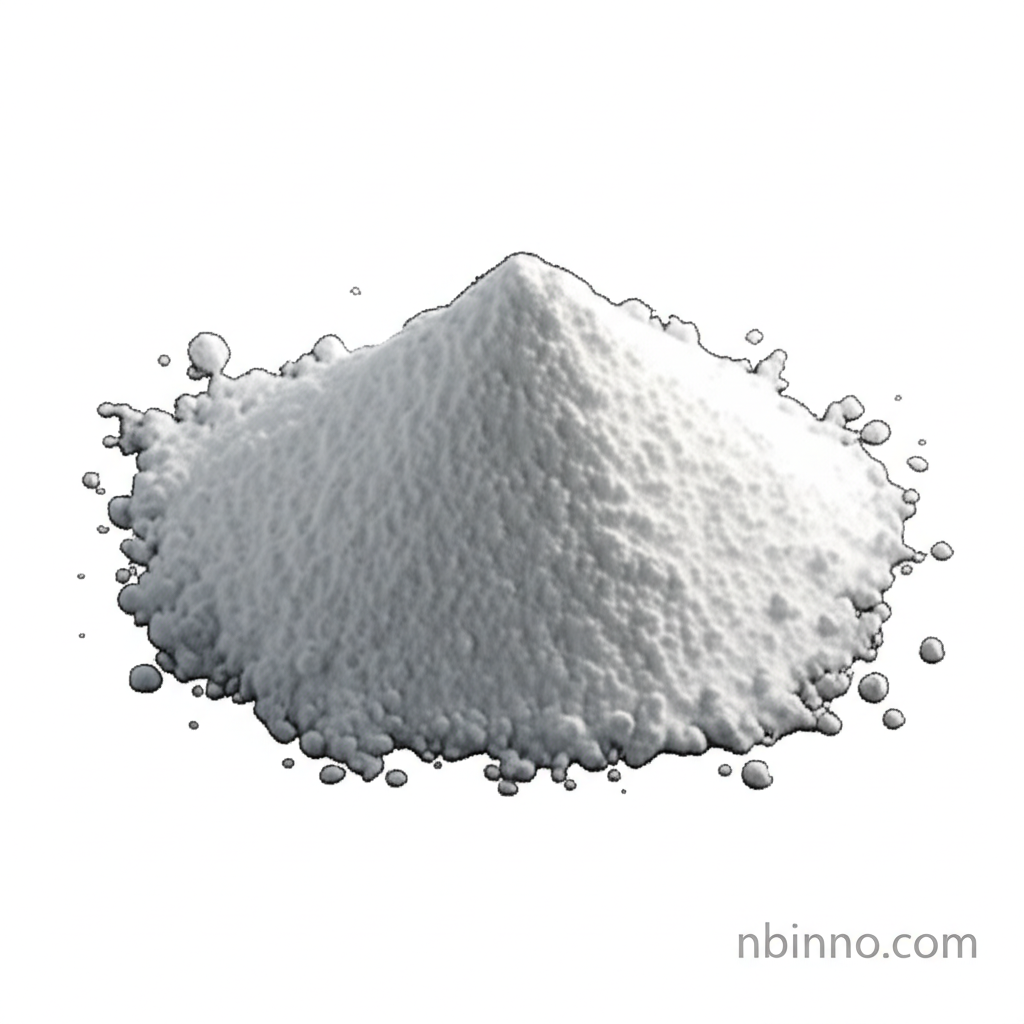9-Bromoanthracene: Properties, Applications, and Synthesis
Explore the key properties and diverse applications of this vital organic intermediate in advanced materials and research.
Get a Quote & SampleProduct Core Value

9-Bromoanthracene
9-Bromoanthracene (CAS: 1564-64-3) is a fundamental building block in modern chemistry, particularly valued for its role in creating advanced organic materials. Its unique structure makes it an indispensable component for synthesizing polycyclic aromatic hydrocarbon derivatives, which are critical for the development of organic light-emitting diodes (OLEDs) and other photoelectric applications. This compound serves as a versatile intermediate in numerous organic synthesis pathways, enabling researchers and manufacturers to innovate in fields ranging from electronics to specialized chemical research.
- Discover the utility of 9-bromoanthracene CAS 1564-64-3 synthesis in creating advanced materials for next-generation electronics.
- Leverage its potential as an organic intermediate for OLEDs, contributing to brighter and more efficient displays.
- Explore its applications in polycyclic aromatic hydrocarbon derivative synthesis for cutting-edge research.
- Understand the importance of 9-bromoanthracene physical properties, such as its melting point, for process optimization.
Key Advantages Provided
Versatile Organic Synthesis
As a key organic intermediate for OLEDs, 9-Bromoanthracene facilitates the creation of novel materials with enhanced luminescent properties.
Role in Advanced Materials
Its applications in organic semiconductor development highlight its importance in the electronics industry and the pursuit of high-performance devices.
Research and Development Tool
The compound is widely used as an aryl halide in cross-coupling reactions, serving as a benchmark for testing new synthetic methodologies.
Key Applications
Organic Light-Emitting Diodes (OLEDs)
9-Bromoanthracene is a critical building block for creating emissive materials used in OLEDs, contributing to high-performance displays and lighting.
Organic Semiconductors
Its utility in synthesizing organic semiconductors supports the advancement of flexible electronics and organic photovoltaic technologies.
Polycyclic Aromatic Hydrocarbons (PAHs)
The compound is essential for the synthesis of various PAH derivatives, vital for research in photophysics and materials science.
Chemical Synthesis and Research
As a reactive aryl halide, it is extensively used in academic and industrial labs for exploring new chemical synthesis pathways and reaction conditions.
